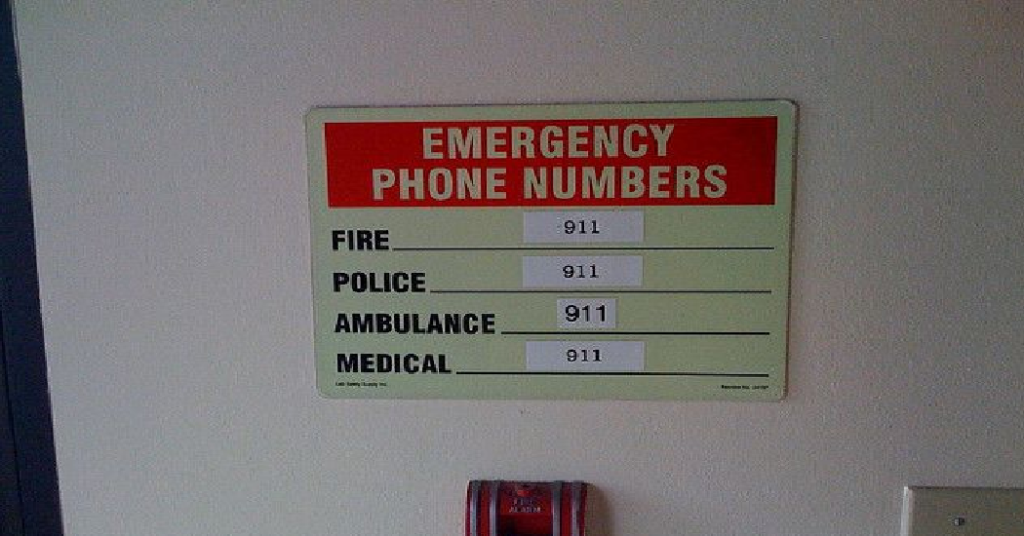Emergency Phone Numbers
Save and/or be aware of the following numbers in the event a scenario occurs where the quick access to calling them could be of aid. Don’t just think 911 is the only number you need to know.

》411 – Directory assistance. May incur fees. Alternatively there is a commercial alternative that requires you to listen to a commercial before seeking assistance, call 800-FREE-411 (800-373-3411).
》800-RED-CROSS or (800-733-2767) – American Red Cross Safe and Well which offers a program for you to check in as safe and provide your contact info as well as the option to check on others to see if they are safe and where they are sheltered. Designed for post-disaster events.
》311 – Local Directory Assistance and or Reporting non-emergency situations such as a burst pipe, struck deer, or noise ordinance violation. (Not available in all areas.)
》800-222-1222 – Poison control hotline, 24/7.
》Local Numbers – Save the local non-emergency number for your police and fire department as well as animal control.
》ICE Numbers – Save emergency contacts in your phone, set them as the background if your phone is locked. Include your relation to the contact in the name section so that first responders can easily locate them or label at least one contact as ICE. For example “Wife, Mary Smith”.
Situational Awareness in Your Vehicle
I think we have room for one more tip. Let’s talk about Situational Awareness as it relates to your Vehicle’s Mirrors. Vehicle crashes and surveillance avoidance directly relate to your ability to see what’s happening on all four sides of your vehicle. Blind spots can be erased with correct mirror adjustments. Here’s how to make sure you can see what’s going on around you.
》The rear view mirror (RVM) should be focused on the rear, not the sides.
》The side mirrors shouldn’t be showing the side panel of your car, they should be aimed at the area between where your RVM vision ends and your peripheral vision begins. Tilt them so that you can just see the outline of your back doors’ handles.
》Erase blind spots by doing the following: While driving in the right lane, note a vehicle in the left lane overtaking you from behind. Without moving your head, follow its approach in your RVM. Just before it disappears from your view in the RVM, glance to the left side mirror. There it is. Now follow that vehicle in the side mirror as it begins to pass you. Then, just before it disappears from the side mirror, you should see it with your peripheral vision. Notice that without even turning your head, you never had a blind-spot. Make adjustments as needed.
This article was originally written by the Grayman Briefing. Stay in the know, sign up for Intel and Situational Awareness alerts pushed to your phone on emerging threats and preparedness warnings. Click HERE to subscribe to the Grayman Briefing.
